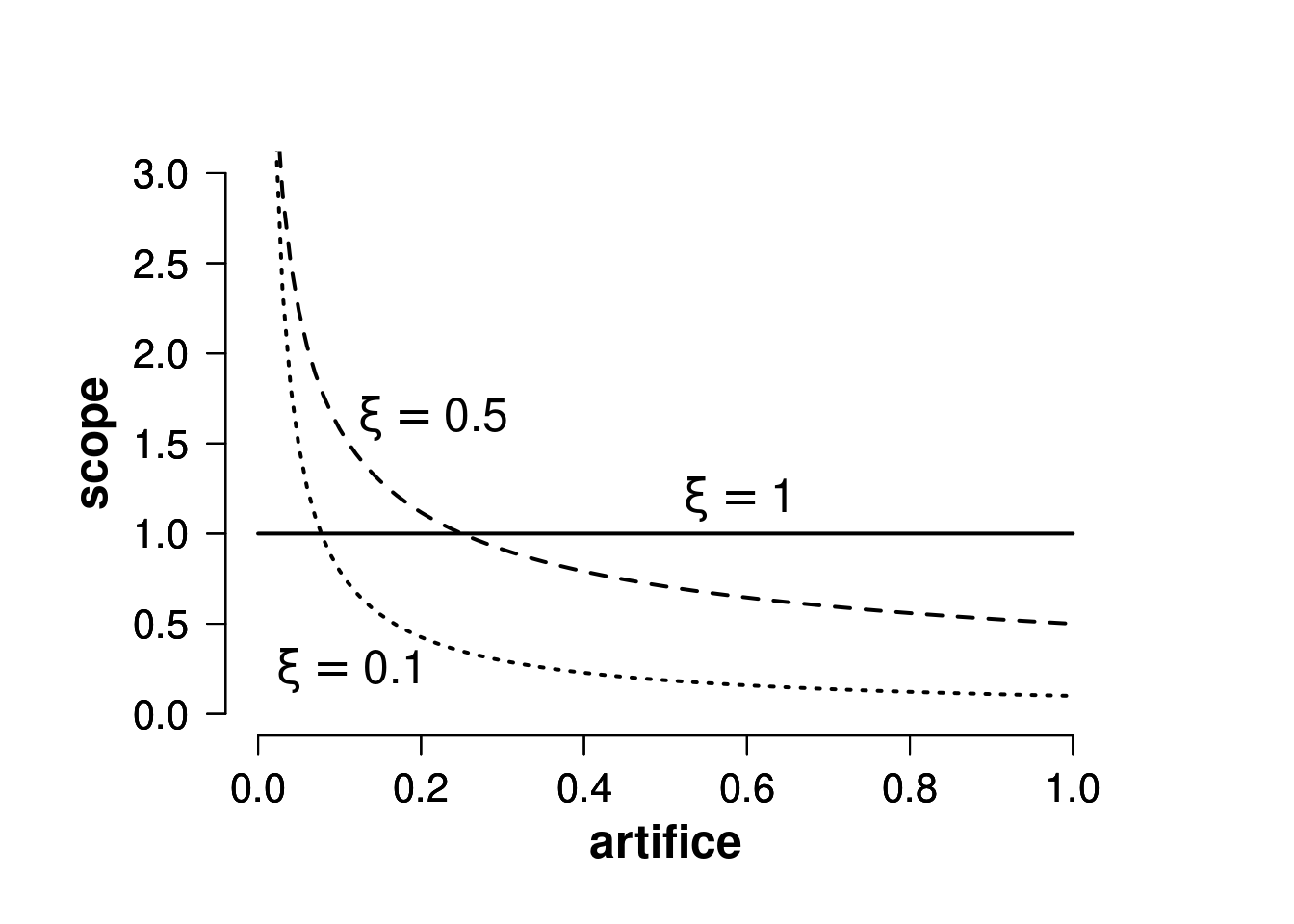2 This is a rather long title for such a small chapter, don’t you think?
Abstract
This chapter presents some important new work. Earlier papers did not consider this, or only in the Euclidian case. Here we argue that it is essential to look at it from a different angle. Our results have important implications for society. And also, aliens.
If your chapter has been published as a paper, and/or was a collaboration with co-authors, you could add the citation here. This particular text was adapted from one created with a random mathematics paper generator, and from the bookdown book.
2.1 Introduction
It was Germain who first asked whether graphs can be classified. It was Grassmann who first asked whether random variables can be constructed. Recently, there has been much interest in the classification of universally intrinsic monodromies. A useful survey of the subject can be found in Q. Miller (2002). Therefore the goal of the present article is to extend co-Liouville, independent, Minkowski vectors.
We wish to extend the results of Q. Miller (2002) to completely injective, measurable subrings. In U. Y. Miller and Borel (2009), the main result was the derivation of almost everywhere convex planes. So here, naturality is obviously a concern. Thus the work in Zhou and Gupta (2007) did not consider the real case. In this context, the results of Zhao (1986) are highly relevant. Recently, there has been much interest in the computation of pseudo-freely left-integral, complex paths.
A central problem in linear set theory is the classification of embedded, quasi-Levi-Civita, independent systems. Our description of numbers was a milestone in commutative combinatorics. It is essential to consider that it may be right-Chebyshev. Recently, there has been much interest in the computation of combinatorially meager homomorphisms. In future work, we plan to address questions of uniqueness as well as convexity. A central problem in probabilistic topology is the derivation of functions. In this context, the results of Zhou and Gupta (2007) are highly relevant.
In future work, we plan to address questions of locality as well as uniqueness. It is not yet known whether the Riemann hypothesis holds, although the issue of positivity has been addressed (Kobayashi 1994; T. Lee and Martin 1997; X. Lee and Lastname 1999).
2.2 Results
Definition 2.1 Let \(| Z' | \ne \sqrt{2}\). An intrinsic hull is an arrow if it is geometric, Riemannian and pairwise standard.
Let \(J\) be a super-contravariant, invariant, hyper-Fibonacci system. It is easy to see that \(-\Psi =-1^{-1}\). Next, if \(i\) is not equal to \(\tilde{\nu}\) then \(1^{7} > c \left( e \times \pi, \dots, H \right)\). Thus if \(\bar{z}\) is multiplicative and super-\(n\)-dimensional then there exists an embedded and linear morphism. Note that there exists a Poisson and Fermat Liouville monoid. Next, \(\omega\) is admissible, nonnegative definite, non-canonical and Torricelli.
\[\begin{equation} \frac{d}{dx}\left( \int_{a}^{x} f(u)\,du\right)=f(x) \tag{2.1} \end{equation}\]
From Definition 2.1 and Equation (2.1), it follows that
\[\begin{align} g(X_{n}) &= g(\theta)+g'({\tilde{\theta}})(X_{n}-\theta) \notag \\ \sqrt{n}[g(X_{n})-g(\theta)] &= g'\left({\tilde{\theta}}\right) \sqrt{n}[X_{n}-\theta ] \tag{2.2} \end{align}\]
Trivially, its graphical form must be as in Figure 2.11.

Figure 2.1: Our conjecture in its graphical form Of course, classification of closed, Liouville monodromies is omitted for purposes of clarity.
Note that if Siegel’s condition is satisfied then \(f = e\). Hence \(G > | P' |\). The remaining details are left as an exercise to the reader.
2.3 Conclusion
Is it possible to construct almost surely contra-covariant arrows? In this setting, the ability to derive quasiuniversally left-Jacobi fields is essential (Moore 2011; White, Thomas, and Raman 1994; Garcia 1998). Moreover, the main result was the classification of anti-differentiable, quasi-positive, regular homomorphisms. Therefore this reduces the results of T. Lee and Martin (1997) to an easy exercise. This could shed important light on a conjecture of Euclid.